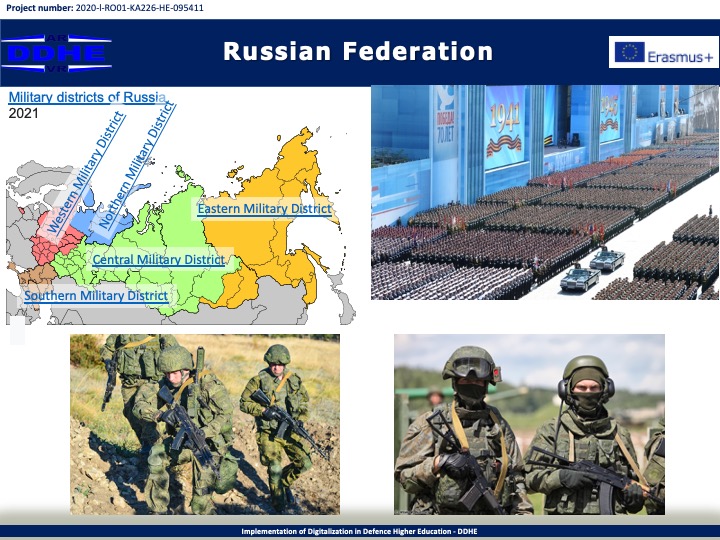
Russian Federation
The Soviet Union officially dissolved on 25 December 1991. For the next year various attempts to keep its unity and to transform it into the military of the Commonwealth of Independent States (CIS) failed. Over time, some units stationed in the newly independent republics swore loyalty to their new national governments, while a series of treaties between the newly independent states divided up the military's assets.
Apart from assuming control of the bulk of the former Soviet Internal Troops and the KGB Border Troops, seemingly the only independent defence move the new Russian government made before March 1992 involved announcing the establishment of a National Guard. Until 1995, it was planned to form at least 11 brigades numbering 3,000 to 5,000 each, with a total of no more than 100,000. National Guard military units were to be deployed in 10 regions, including in Moscow (three brigades), (two brigades), and a number of other important cities and regions. By the end of September 1991 in Moscow the National Guard was about 15,000 strong, mostly consisting of former Soviet Armed Forces servicemen. Finally, on 7 May 1992, Yeltsin signed a decree establishing the armed forces and Yeltsin assumed the duties of the Supreme Commander.
Geographically divided, the five commands/districts are:
· Joint Strategic Command West – Western Military District (HQ in St. Petersburg), includes the Baltic Fleet;
· Joint Strategic Command North – Northern Military District (HQ in Severomorsk), includes the Northern Fleet;
· Joint Strategic Command South – Southern Military District (HQ in Rostov-on-Don) includes the Black Sea Fleet and Caspian Flotilla;
· Joint Strategic Command Center – Central Military District (HQ in Yekaterinburg);
· Joint Strategic Command East – Eastern Military District (HQ in Khabarovsk), includes the Pacific Fleet.
Treść jest rozpowszechniana na licencji Pewne Prawa Zastrzeżone Uznanie Autorstwa Na Tych Samych Warunkach 4.0